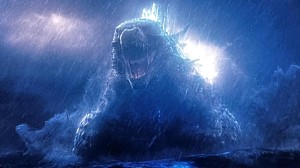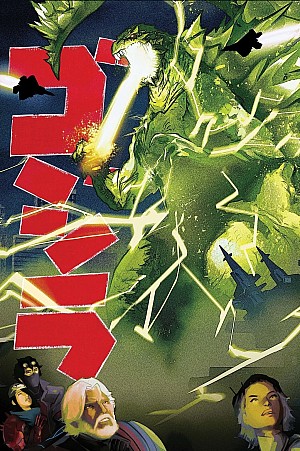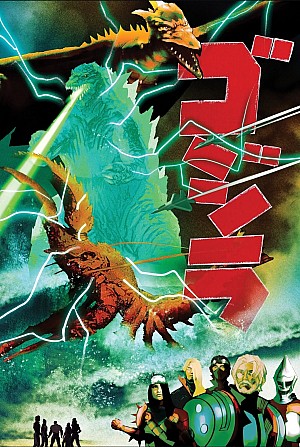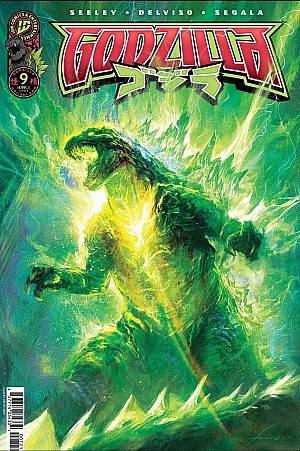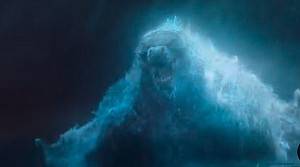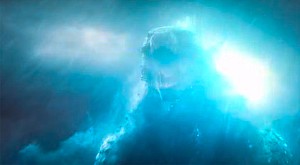In the annals of cinematic history, few films have managed to blend mythical storytelling with groundbreaking technology as seamlessly as "Godzilla: King of the Monsters." This 2019 epic not only redefined the legacy of a cinematic icon but also set a new standard in visual spectacle. With a budget soaring up to $200 million, it stands as a testament to the colossal effort and resources dedicated to its making.
This immense investment was channelled into pioneering CGI technology, top-tier visual effects studios, and the meticulous animation of each character, especially the legendary Godzilla. The film masterfully showcases a fusion of advanced technology and creative. As we delve deeper, we uncover the layers of complexity and innovation that justified the film's monumental production costs, making "Godzilla: King of the Monsters" a monumental technical achievement in film history.
Why the Special Effects Impacted the Movie’s Budget So Heavily
The animation and special effects in "Godzilla: King of the Monsters" significantly impacted its budget due to the intricate and technologically advanced methods employed. Guillaume Rocheron, the film's visual effects supervisor, was at the forefront of this ambitious project.
He coordinated between several leading studios, including MPC, Dneg, Method Studios, and Rodeo FX, to complete an impressive 1,535 shots, a considerable increase from the 900 in the 2014 Godzilla film. This collaboration was necessary to not only further develop Godzilla's character but also to bring other creatures like Mothra, Rodan, and Ghidorah to life.
Bringing the Colossus to Life
The technological and artistic efforts in animating Godzilla involved imbuing the creature with nuanced emotions, visible in subtle facial movements, and maintaining a balance to prevent it from appearing cartoonish. For this sole purpose, the team built upon the CG model from the 2014 film.
They spent significant time enhancing the creature's textures and tweaking its rig. Adjustments included modifying Godzilla's dorsal fins to a more classic star shape, giving him a more aggressive profile, and updating muscle and facial animation control systems for greater subtlety. A critical technological shift was the move to Renderman RIS, a full ray-tracing, path-tracing solution that improved material quality and lighting, making the creature animations more sophisticated and realistic.
MPC, as the lead VFX house, was responsible for most of the creature animation. Their work included creating key scenes like Godzilla's first encounter with Ghidorah in Antarctica, Rodan's emergence from the volcano, and the climactic battle in Boston. The detailed design of the creatures, including their animation in action sequences, was central to MPC's contribution.
The toolset used across the studios included a combination of Maya, Houdini, and Nuke, with variations in renderers - MPC used RenderMan, Method used Arnold, and Dneg used Clarisse. MPC's proprietary muscle system was pivotal in achieving more lifelike results for Godzilla's facial expressions and Ghidorah's body control, marking a significant advancement over the 2014 film.
What Did the Box Office Figure Say?
Unfortunately, Godzilla: King of the Monsters ended up epitomising how a hefty budget doesn't always equate to stellar box office returns. Despite a whopping $170 million poured into production, the film's $383.3 million global earnings pale in comparison to its franchise siblings. Take the 2014 "Godzilla," for instance. On a slightly leaner $160 million budget, it raked in a way more impressive $529 million. Even the 1998 version, with its modest $125 million budget, managed a respectable $376 million, showcasing a more efficient use of funds.
This trend points to a few key insights. Firstly, splurging on production doesn't guarantee blockbuster success, as evidenced by the lukewarm reception of "King of the Monsters." Secondly, franchise fatigue might be at play. Viewers might tire of sequel after sequel, no matter how technologically advanced or lavishly funded. Lastly, factors like market competition and audience appeal are crucial.
On other fronts though, Godzilla is faring better. The gigantic dinosaur-like sea creature is featured in some of the most successful online slot games of all time, such as Godzilla Vs King Kong by Arrow’s Edge and Godzilla by Animak Gaming. While waiting for the upcoming Godzilla x Kong: The New Empire movie, you can play those slots at the latest slots sites available online.
Get the latest news and updates on Toho’s upcoming Godzilla projects delivered to your social media feeds by following us on X, on Instagram and liking our Facebook page!
More to explore from Toho:
- Godzilla Minus One sequel now in development!
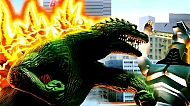
New Godzilla console games are scheduled to arrive before 2028!
Toho are planning to release new Godzilla console games within the next 2 years!
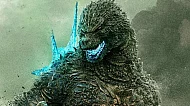
Is the Godzilla Minus Zero release date June 1st, 2026?
A date placeholder set by Google and IMDb have fans wondering if the Godzilla Minus Zero release date has been revealed, but Toho has yet to confirm.
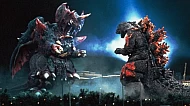
4K remaster of Godzilla vs. Destoroyah coming to theaters in April 2026... but only in Japan.
If you're in Japan next April make sure to book a ticket to see Toho's 4K remaster of Godzilla vs. Destoroyah! Sadly, North American fans will miss out.



